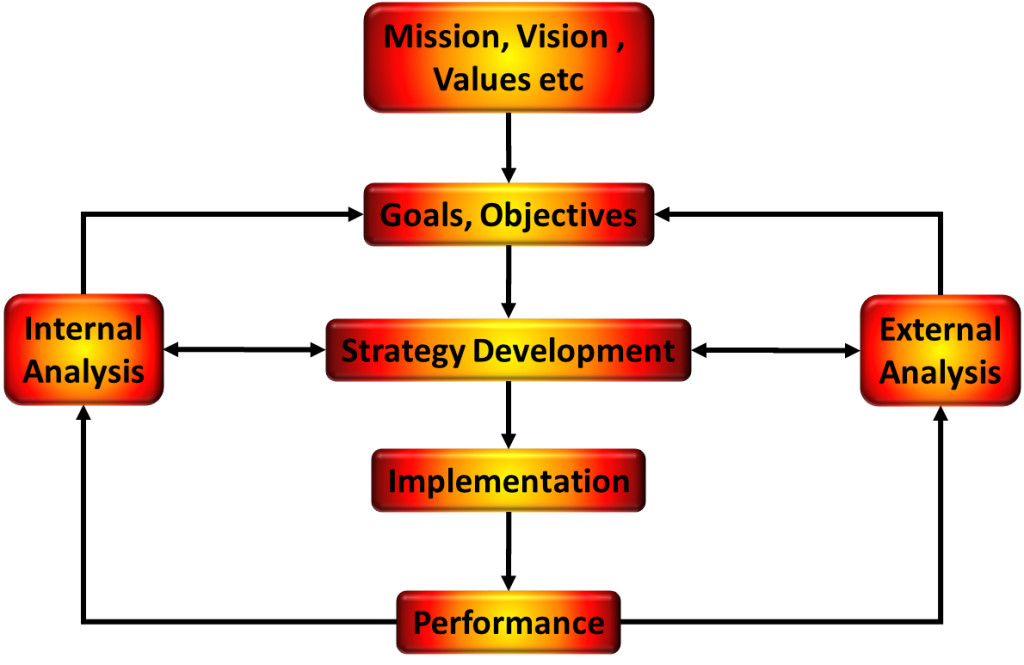Strategy Development – A Fundamental Part Of Business Success.
Strategy development is a fundamental part of business success. Strategy sets the vision of an organisation and how that will be achieved taking into account the internal and external environment.
Having a sound strategy does not assure success, one still needs to be able to deliver on the strategy, however without a strategy success is more good luck than management. Sun Tzu the famous military strategist and author of The Art of War said “Strategy without tactics is the slowest route to victory. Tactics without strategy is the noise before defeat.”
Strategy development can at first seem like a complex and overwhelming process.
There are numerous methods, tools and techniques to develop your strategy but the fundamentals are all the same:

Idea Partners will work with you to identify a method that resonates with you and is most appropriate for business. The size and nature of your organisation will in some ways dictate the methods and investment you make into developing your strategy.The Associates at Idea Partners have used many different methods including Strategic Factors, Balanced Score Card, Strategic Issue Prioritization and Blue Ocean. All methods require internal and external analysis and again Idea Partners has access to a raft of strategic analytical techniques.
Click here to read more on Strategy Development or contact Idea Partners.
Strategic Issue Prioritization
One method Idea Partners has found to be successful and is relatively simple, is to gather the thought leaders of the organisation and ask them, in a workshop setting, to state the key issues that face the organisation. This is usually performed after a period of time (1 week to several months) where key stakeholders have been asked to investigate, analyse, think and document the strategic issues facing the organisation and to share that thinking with their peers. It is important to have representation from all the organisation’s functions (e.g. Sales, Marketing, Operations, Finance, R&D, HR etc etc). Naturally each functional area will generally focus on the strategic issues that face their part of the organisation but they should not limit their thinking, often cross functional analysis is very revealing.
Within the workshop environment, each stakeholder writes down an issues on a single Post It note ensuring they note the time horizon (i.e. is this issue or risk now (TH1) in 18-36 months (TH2) or >36 months (TH3), (the threshold between the dates may vary from industry to industry). The stakeholders are then asked to prioritize their issues by ordering the Post It notes on the bench in front of them. In turn each stakeholder is asked to articulate their highest priority issue, this is captured and discussed to incorporate other stakeholders issues that maybe similar. The process goes around the table until all the issues have been raised. Each stakeholder then scores the combined list from highest priority to lowest priority. The scores are captured to produce a prioritized list of issues.

This process allows an organisation to bring concerns to the surface and engages the stakeholders in the development of a common cause.
This process may be done in multiple groups or a single group and then categorized and consolidated in to a list of priorities.

Prioritized strategic issues can then be allocated to appropriate senior managers to develop tactical solutions to address the issues.
Tools like Investment Logic Mapping may also be utilized either in the development of the issues list or at this stage to ensure the root cause of the issue and multiple appropriate solutions are considered.
Senior managers should refer to this priority list on a monthly basis and report back on progress.
Idea Partners can help facilitate Strategic analysis and the strategic planning processes.
